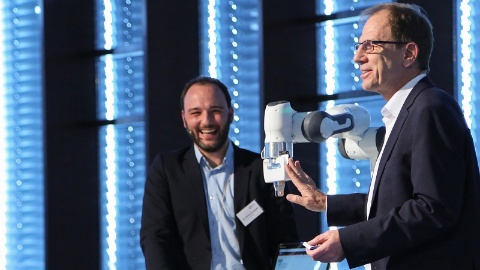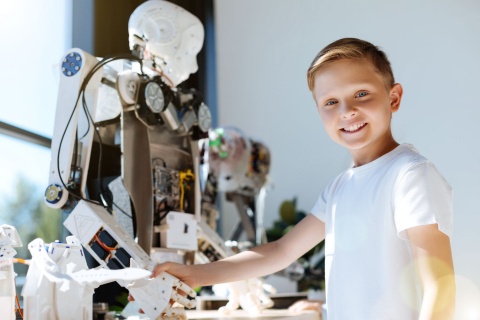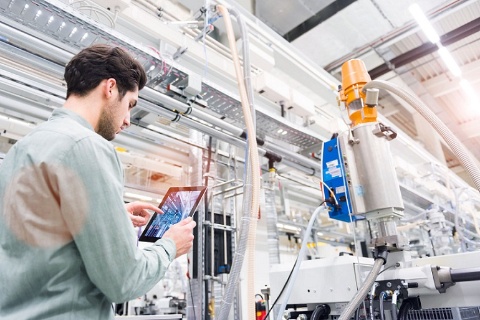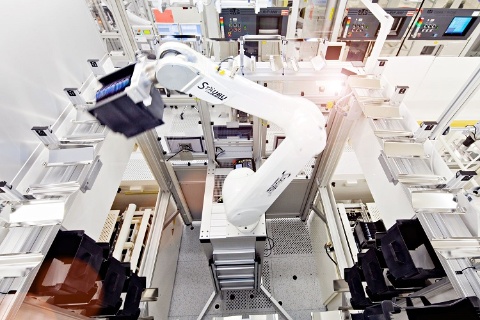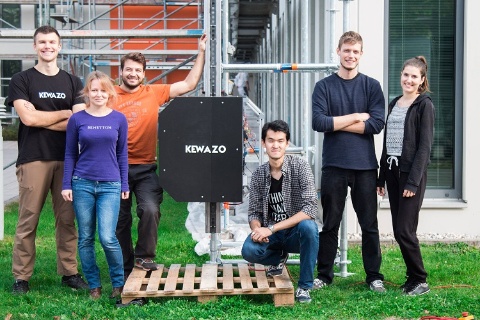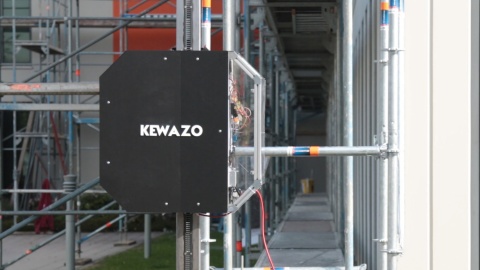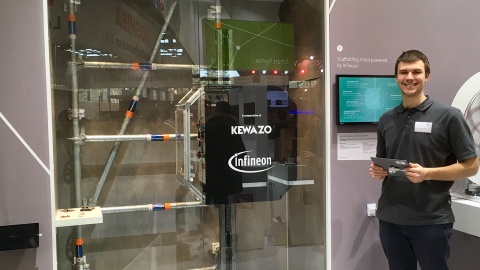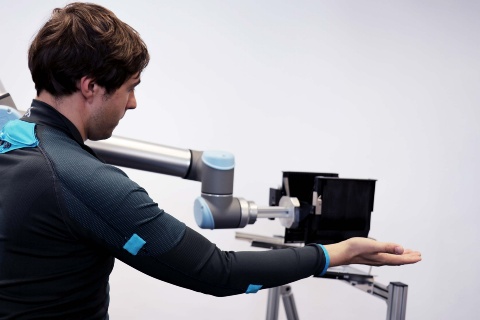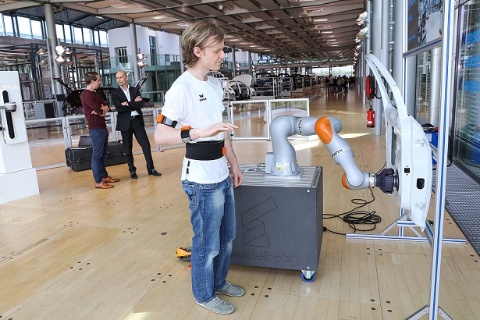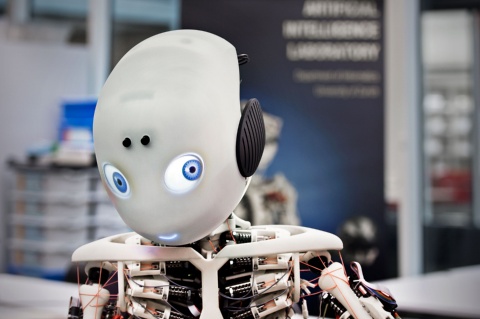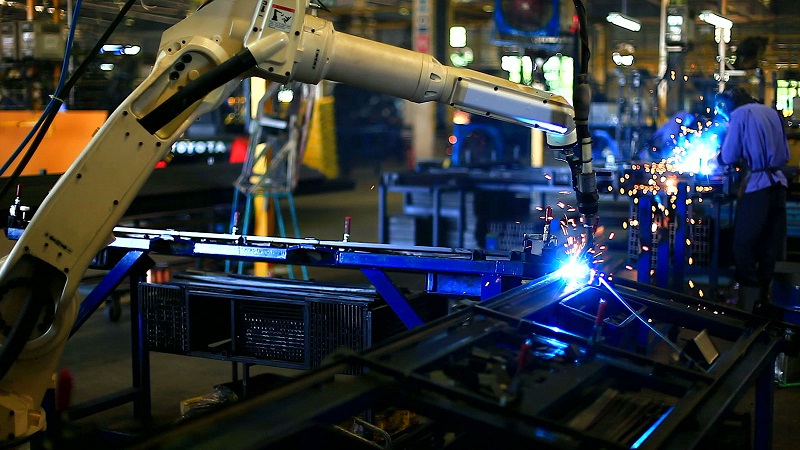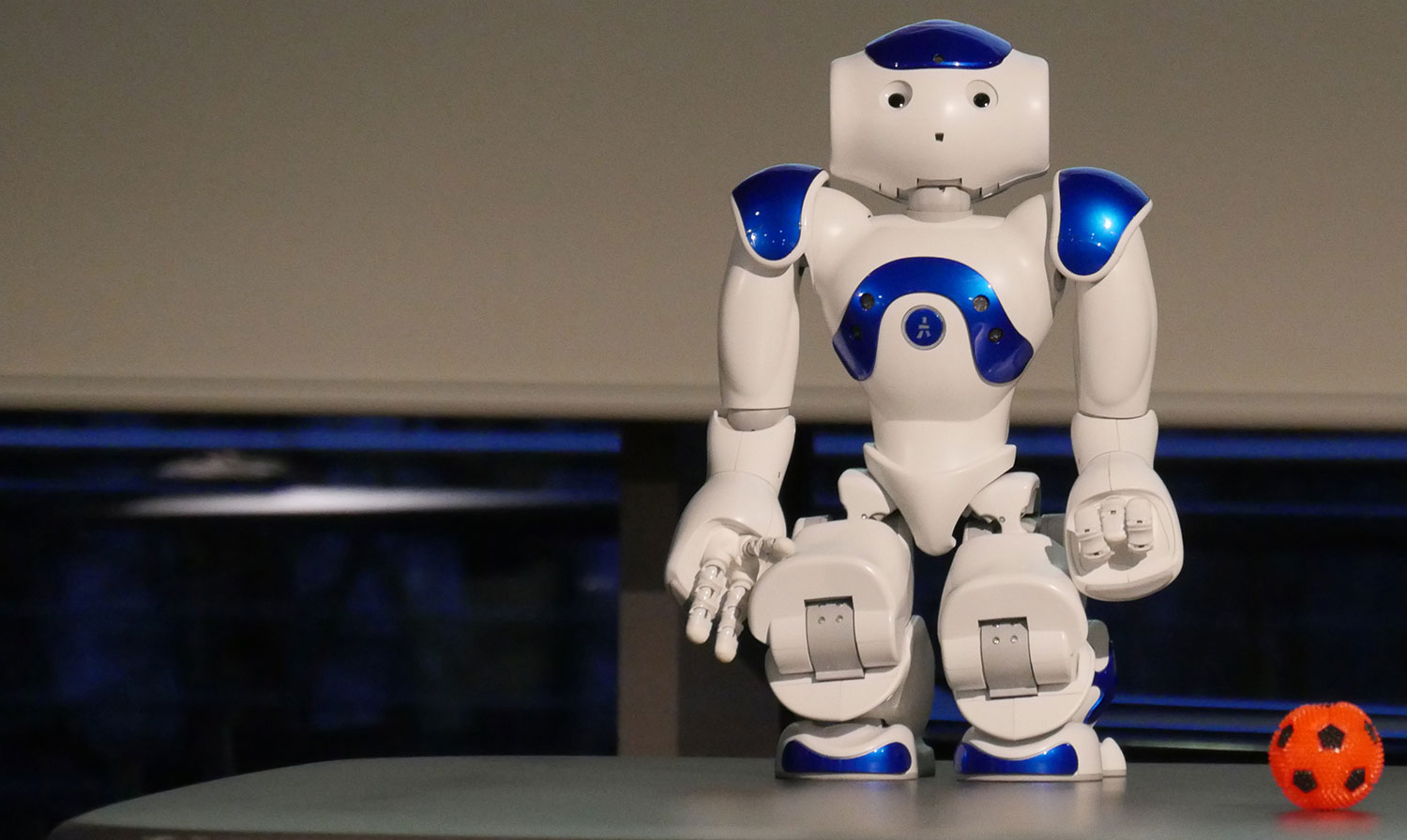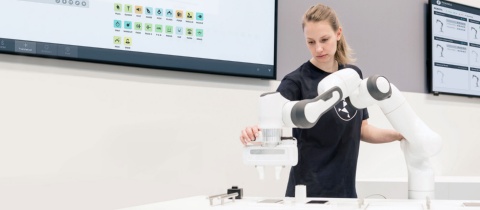
Panda from Franka Emika is a seven-axis robotic gripper with a range of 80 centimeters which combines ease of operation with high levels of agility and sensitivity. The design and user interface allow intuitive programming and flexible applications. This enables simple integration, for example, in automated processes, at a fraction of the price that would normally be required for robot applications such as this. The developers themselves see Panda as a smart tool that can help people in various industries carry out many different tasks.
With regard to production, Panda can be used in a laboratory just as easily as in a logistics company. The spectrum includes assembly tasks, pure transportation of objects, and device tests. No software is needed for operation, navigation is via the user interface, which can be opened from all common web browsers.

